The Office of Rail and Road’s (ORR) annual assessment of Network Rail has raised concerns about how it is addressing recommendations made after the Stonehaven derailment disaster.
In a report by the regulator, it found Network Rail was able to describe the steps it has taken to respond to safety recommendations in the aftermath of the fatal August 2020 crash, but it was unable to demonstrate this with “any tangible supporting evidence”.
Brett McCullough, Christopher Stuchbury and Donald Dinnie died after the 6.38am service from Aberdeen to Glasgow hit a landslip after a night of extreme rainfall.
The incident took place at Carmont, near Stonehaven.
Following the derailment, independent task forces were launched as part of efforts to prevent a similar tragedy in the future.
Professor Dame Julia Slingo headed a weather advisory task force, and Lord Robert Mair led an earthworks management task force.
A number of key recommendations were made in the reports, but the ORR says it needs to see more evidence of action taken following these recommendations from Network Rail Scotland.
Plans not ‘clearly articulated’
In the latest ORR report, it states: “We commenced a programme of inspections to assess Network Rail’s response to recommendations made in the post-Carmont derailment task force reports, authored by Dame Julia Slingo and Lord Robert Mair.
“During our engagement, representatives from the region described the steps they have taken in response to their action plans but have subsequently failed to provide any tangible supporting evidence to demonstrate these.
“Network Rail Scotland also did not clearly articulate how each plan will implement the relevant task force recommendations.”
The ORR report did find that Network Rail Scotland had improved its “identification of drainage assets”, but noted that its planned inspections of this was pushed back by severe storms at the start of the year.
The report continued: “Improved information about drainage assets is vital for Network Rail to ensure that its resources are correctly targeted to maintain existing assets and invested in meeting the challenges presented by climate change.”
Issues were also identified with Network Rail Scotland’s own internal standards when it comes to examining structures, as well as earthwork examinations that still require completion.
The report said: “Network Rail Scotland also has a backlog of earthwork examinations and we are engaging with it on this issue.
“As with structures, there is a potential that failure to examine earthworks and evaluate examination reports frequently enough could lead to an increased safety risk.”
Network Rail’s response
A Network Rail statement read: “We are committed to learning the lessons of Carmont and to delivering on the recommendations made by the Rail Accident Investigation Branch as well as implementing the Mair report.
“Since the accident, we have made significant changes to how we operate services during extreme weather and have increased our investment in new technologies.
“Our control room is also the first in Britain to establish a specialist weather team, and this additional resource is being supported by increased investment in frontline teams.”
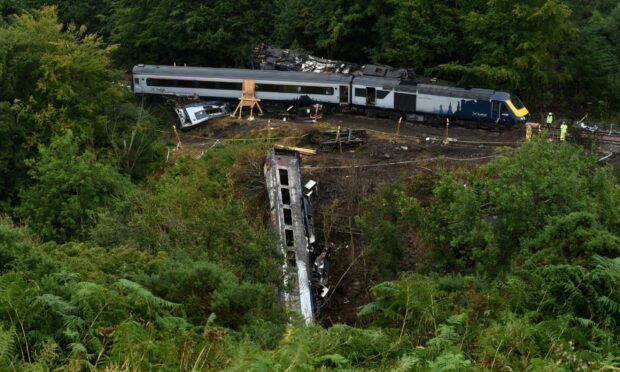

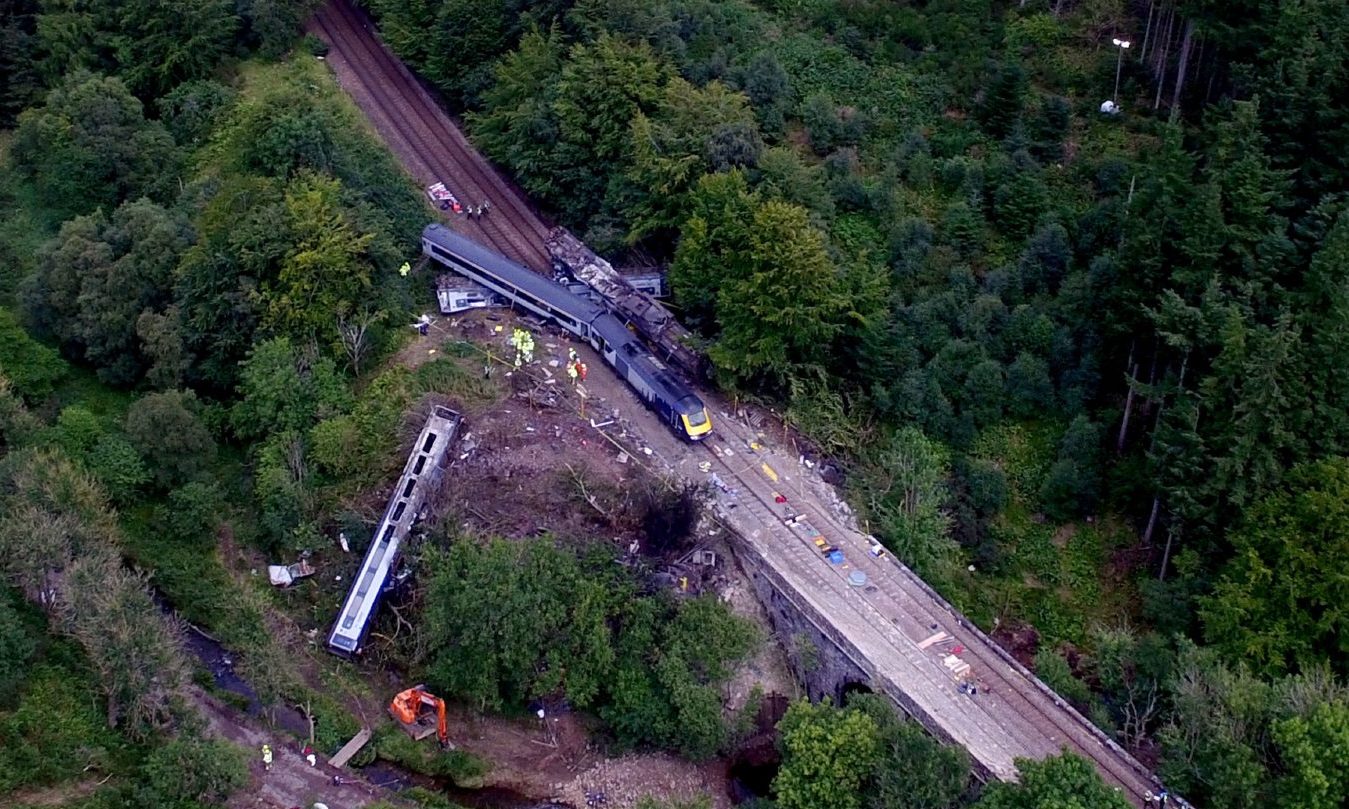
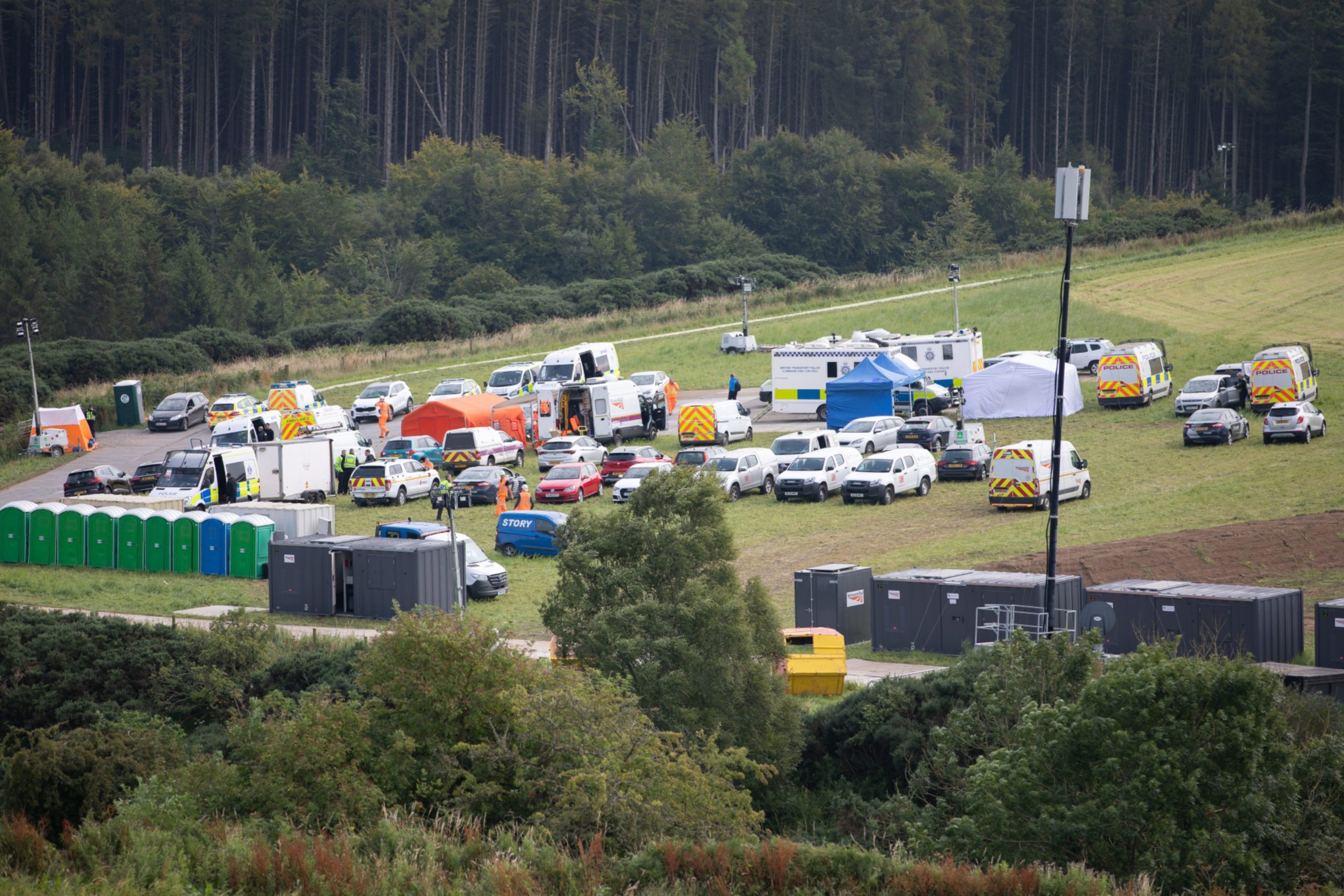
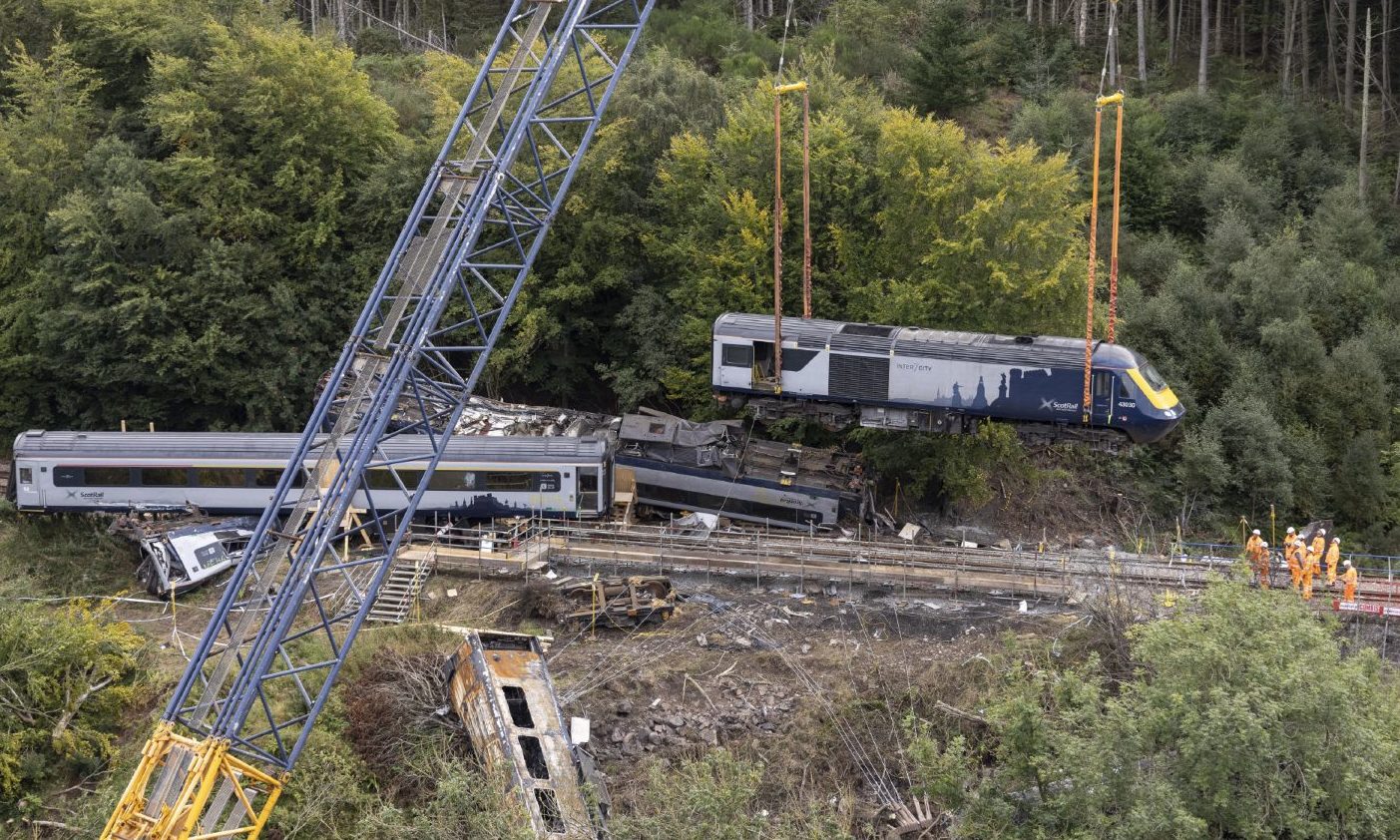
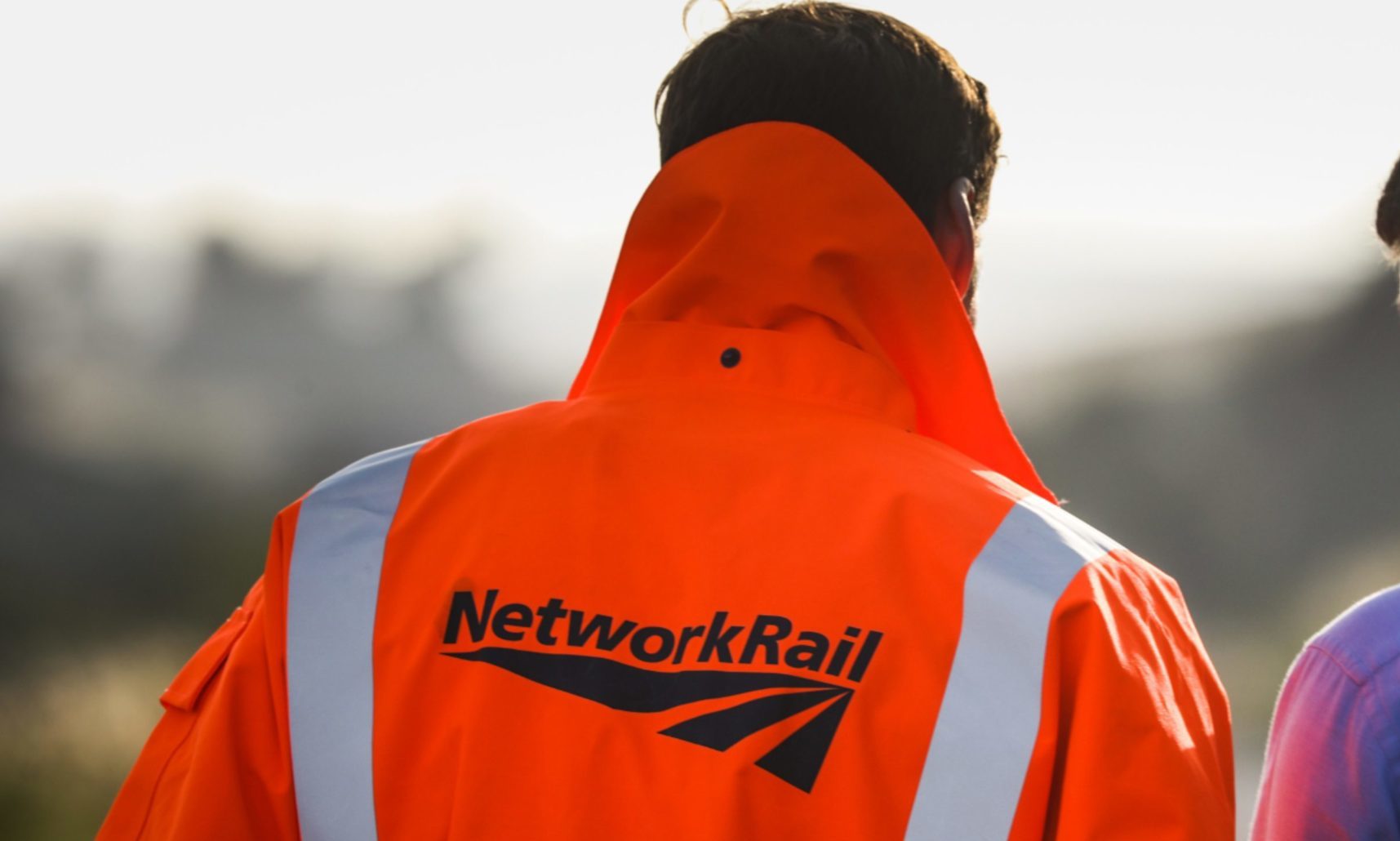
Conversation